Eye-balling and heart girth models for live weight estimation of highly admixed Sudani shorthorn zebu cattle for precise production and veterinary services

Authors:
Cattle production is a key pillar of food security in Africa. The majority of African cattle is highly admixed with
unknown breed composition. Accurate estimation of live weight (LW) of these cattle would improve the precision of feeding, veterinary services and pricing resulting in an improvement in profitability. This study assessed estimating LW of admixed Sudani zebu cattle using eyeballing and heart girth (HG) models. Live weight and HG of 432 Baggara cattle, an admixed Sudani breed, was measured. Three models (a simple linear, a simple linear with box-cox transformed LW and a quadratic) were generated using 382 heads and validated using 50 heads. A published model (LW (kg) = 3.54*HG (cm) - 322.63) was validated using the data of this study. The error of LW estimation by a breeder and five cattlemen were recorded. All constructed models had high R2 (0.725 - 0.728). However, the 95th percentile of the prediction error of the constructed and published models was higher than 20%. The 95th percentile of LW estimation error of all participants was high (>20%). Accordingly, HG models and eyeballing are not suitable methods to determine LW of highly admixed zebu cattle for production, veterinary and marketing purposes as they are prone to a high rate of error.
Keywords: Indigenous cattle linear, non-linear prediction error
